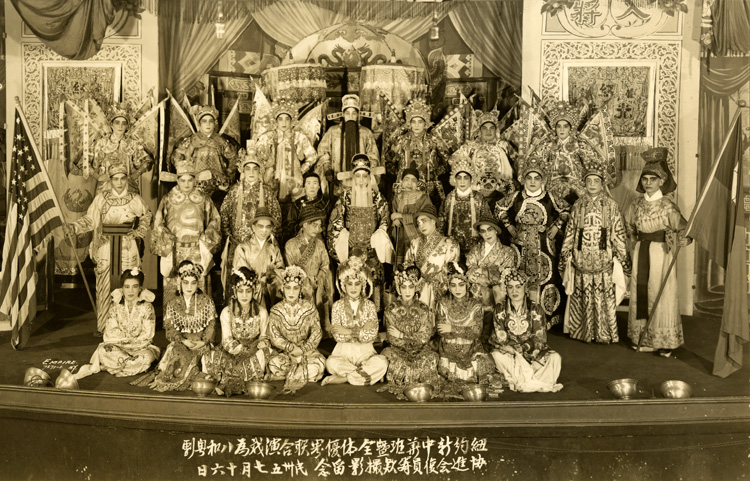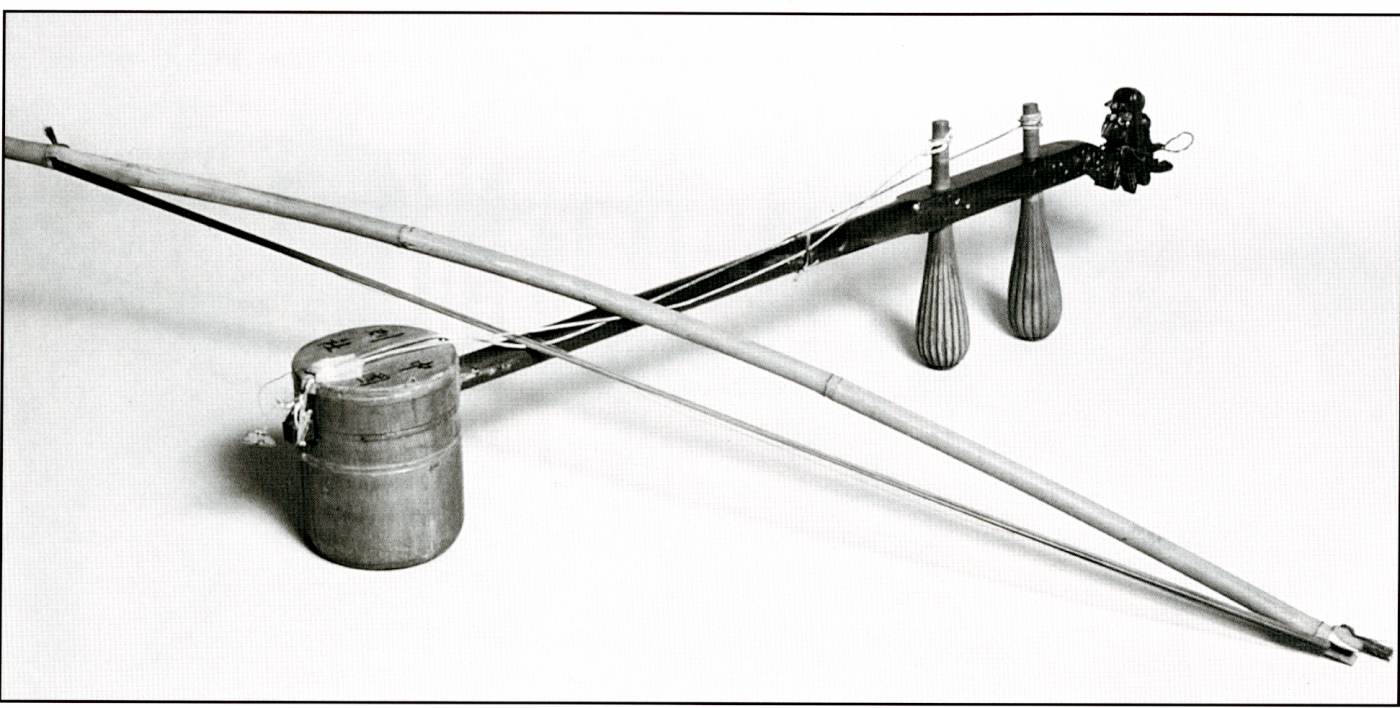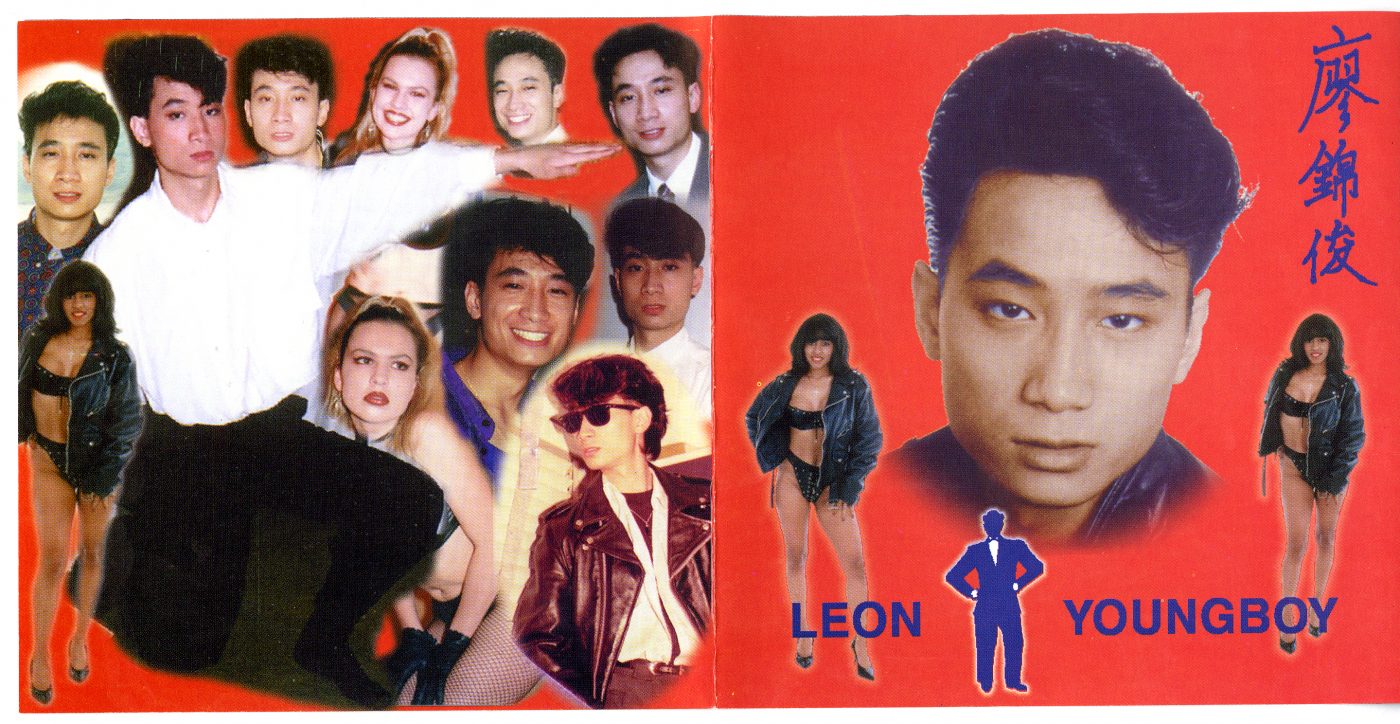In the late 1920s, two Chinese opera theaters opened in Manhattan’s Chinatown, offering nightly performances. The network of theaters they belonged to spanned through San Francisco, Boston, Los Angeles, and Honolulu. This time period from the 1920s through the early 1930s would constitute the United States’ golden age of Cantonese opera. In their heyday, the theaters put on approximately 250 different opera titles from various genres every year. In 1931, the Chinese Musical Theatrical Association (CMTA) officially opened on Pell Street in New York. The Association was typically commissioned to perform publicly and privately for special occasions, such as Lunar New Year, the national day of the Republic of China, and patrons’ birthdays. Unfortunately due to raising rent costs and severely decreased membership the association was forced to close their physical location in 2018.
MOCA’s CMTA Collection includes a number of intricate opera costumes, rare musical instruments, stage props, and related documents from the association. The collection brings to light how Chinese immigrants adapted this centuries-old tradition to their modern settings and constraints, how Cantonese opera shaped the face of Chinatown in the greater community, and how opera clubs became a cultural focal point in the lives of immigrants


